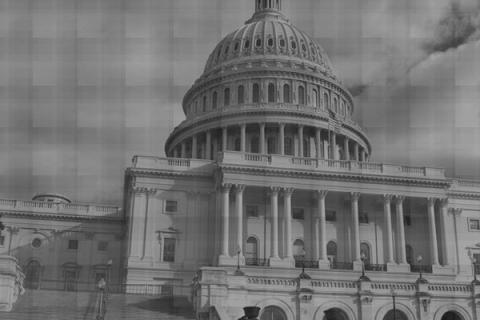This Sunday, the Los Angeles Times released an article confirming precisely what election and budget analysts have known for ages – that most voters know very little about the budget, and that this fact has absolutely no bearing on their confidence that they could do a better job managing it than the politicians in Sacramento. Given the current state of the state’s capitol, this latter fact may be understandable, but even so, the confirmation that California’s electorate is dismally uninformed should provoke serious thought about why the state is similarly dismally underfunded.
Writing for the Times, Cathleen Decker informs the reader that “A survey by the Public Policy Institute of California found that, overwhelmingly, Californians want themselves -- not the governor or the Legislature -- to be in charge of big budget matters. It also found that, even more overwhelmingly, Californians haven't a clue where the state gets its money or how it spends it -- basic essentials for people who want to run the show. “ She continued by pointing out that, when asked where the State got its funding, “thirty percent said sales taxes, 28% said personal income taxes, 18% said corporation taxes and 17% said car fees. Last year, 55% of state revenues came from income taxes, 31% from sales taxes, 10% from corporation taxes and a mere 2% from car fees.” So more than seven in ten got it wrong.
Meanwhile, when it came to how the State spent its money, Californians weren’t much more accurate: “As to how the state spends its money, almost half of Californians -- 49% -- said prisons took the most. 24% cited health and human services, 16% said kindergarten through high school and 5% said higher education. Again, wildly wrong. The lion's share of state money, 41%, goes to kindergarten-through-12th-grade education, 30% goes to health and human services, 13% to higher education and 10% to prisons.”
And lest the partisan reader make the mistake of assuming that it was only the idiots in the other party who got these questions wrong, finally, Decker points out that, “There was a clear ideological bent to beliefs about spending. Democrats were far more likely than Republicans to believe that prisons took the most money. Republicans were more likely than Democrats to see health and welfare services as most costly.” Please note: neither party got the right answer on the most expensive budget item (K-12 education, which nets 41% of the budget).
The implications for this sort of wide-scale misinformation are massive, both politically and economically. Now that we know the actual facts, practically every voter is probably exhaling exasperatedly at Governor Schwarzenegger’s budget gimmicks, which leave the behemoth of out-of-control education spending completely untouched. On this same note, the fact that the State spends almost half its budget on education and yet California still ranks second from the bottom nationally in per pupil spending should raise copious collective eyebrows. One wonders what, exactly, the State is spending all that money on, if not pupils. It should also be noted that this massive item only accounts for K-12 education, while Higher Education receives a measly 13%, and yet California’s public colleges and universities, some of which perform at the level of national renown, are the first to be gutted when the long knives come out. This is an affront to every principle of economics, which states that better performance ought to accord with better pay.
More frighteningly still, who can look at this level of ignorance and still feel confident about the ballot initiative system? The theory of direct democracy underlying this process relies on an educated public, and without that, the entire process descends into raw ochlocracy, with only demagogues and liars as the winners. Certainly, it is not altogether clear why California should permit a continuation of this system, given this set of circumstances, and there is a good argument that the ballot initiative system should be done away with altogether, seeing as it helped get the state into the fiscal mess it is in in the first place.
But if this survey illuminates anything, it is the proverbial gigantic “Do not Enter” sign which decorates the proposal for a Constitutional convention. Ballot initiatives, while they are often fiscally unsound, at least are restricted by a Constitution detailing what the state can and cannot do. To turn California’s population loose on a document as crucial and as theoretically unlimited in its scope as the state Constitution is a recipe for disaster, given the prevailing political headwinds of frustration, disenchantment and resentment.
To be sure, California’s lawmakers (especially those of its dominant party) ought not to be let off the hook – their permissiveness, shameless catering to the ignorance of their constituents, and fiscal irresponsibility have certainly cost the State its fair share of pain. But, voters bear much of the blame as well.
The slogan nationally seems to be “take back our country.” Here in California, this should be more accurately rephrased as “take back our minds.”
